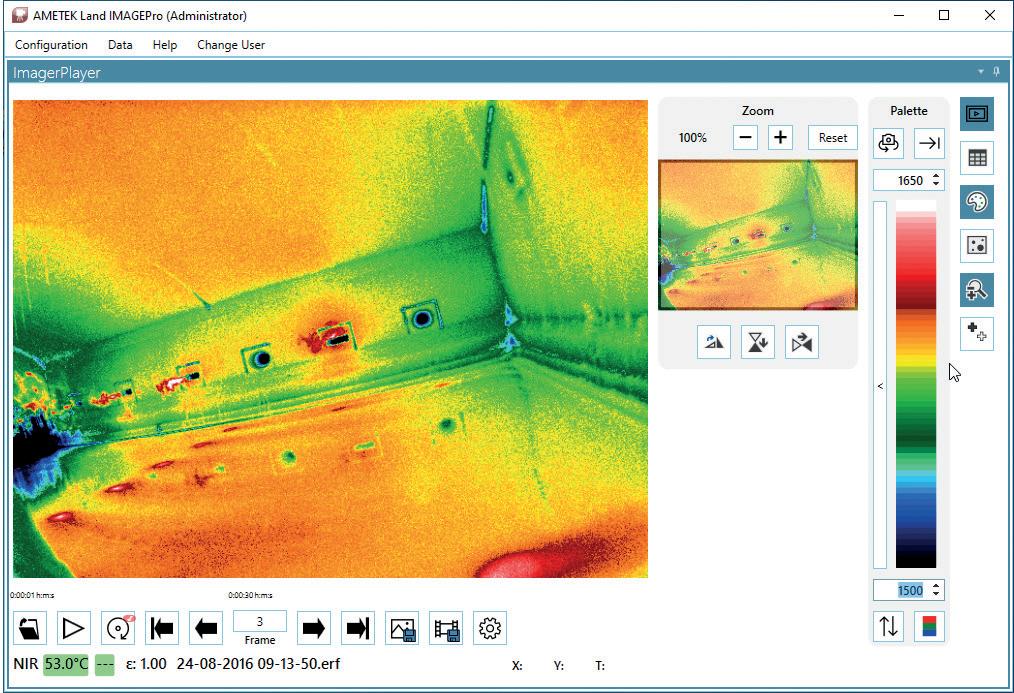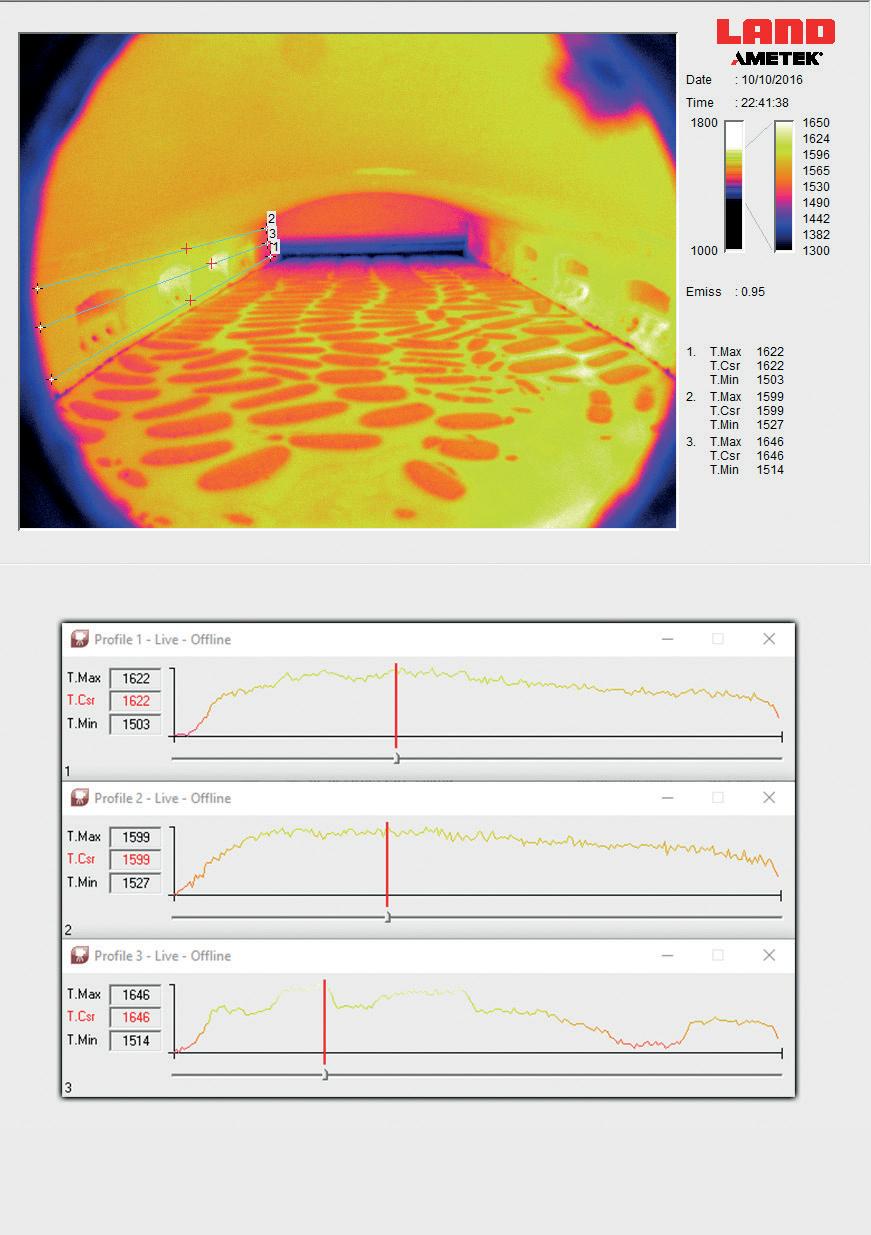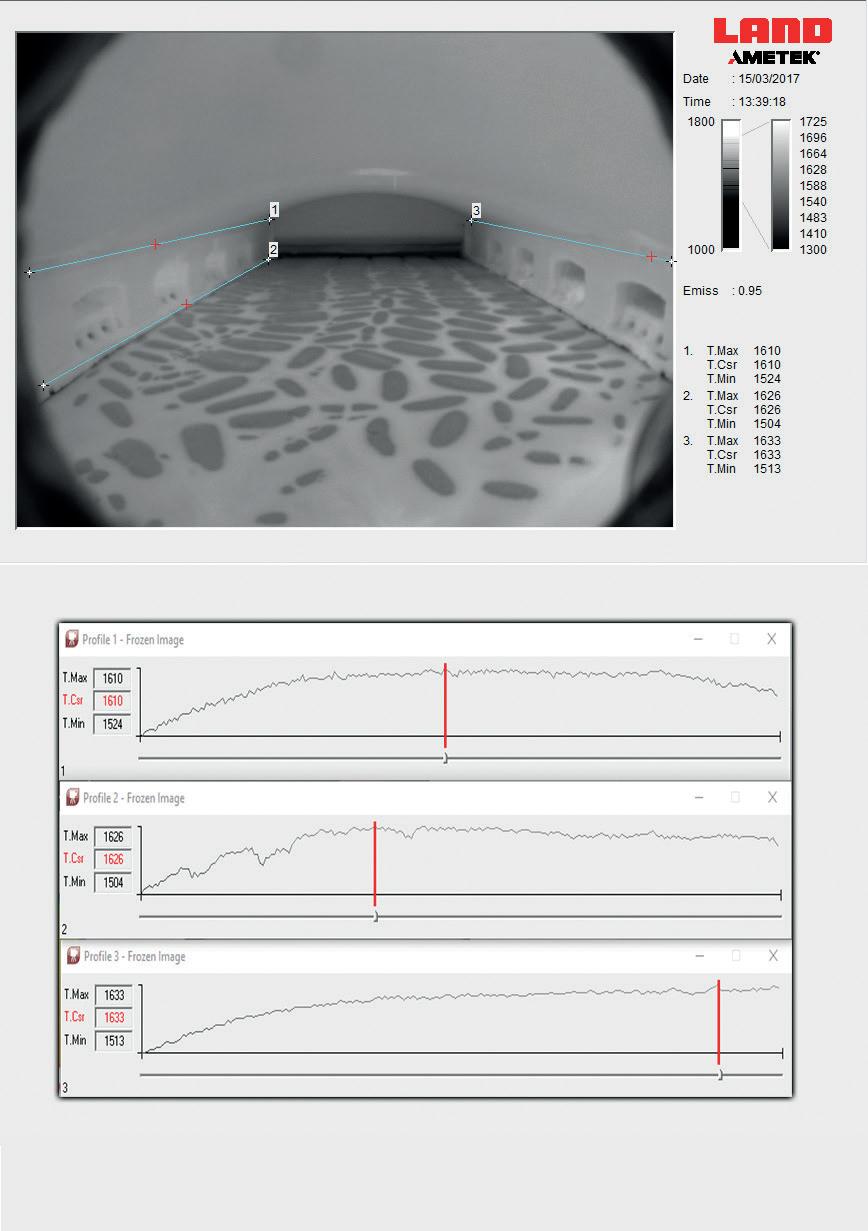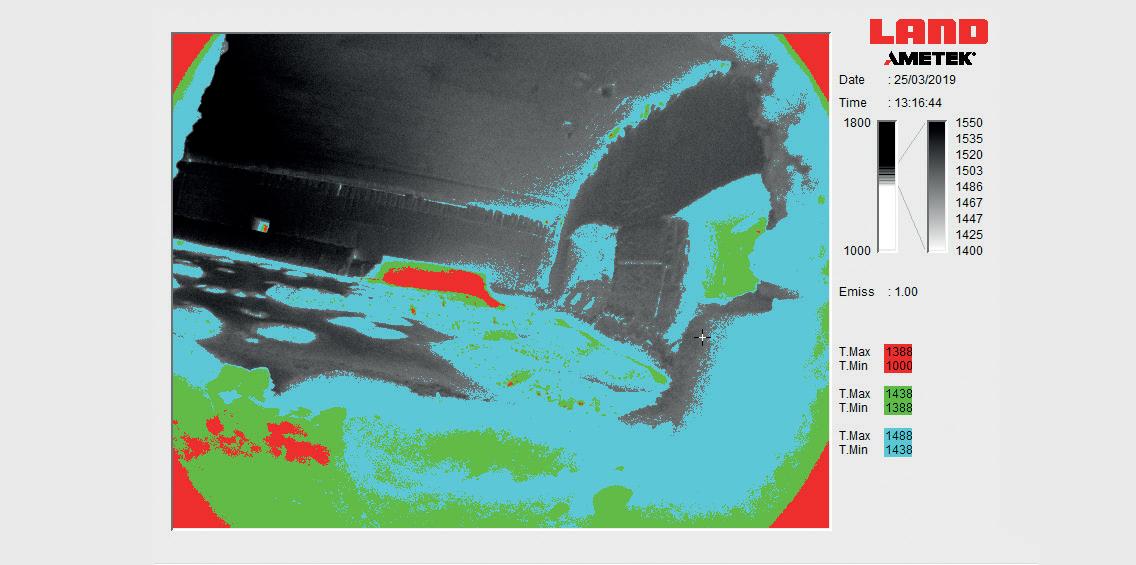
5 minute read
Environment: Ametek Land
Industrial Glass Combustion Decarbonisation - Where to start?
Neil Simpson* and Philippe Kerbois** discuss how we can learn from history to help tackle the emissions challenge facing glass manufacturers.
On 6th August 2021, the Intergovernmental Panel on Climate Change (IPCC) finalised the first part of the Sixth Assessment Report, Climate Change 2021: The Physical Science Basis. We suspect and hope that most people now recognise that the recent extremes in weather are an indicator that something needs to be done. The challenge is, where do we start?
While many countries have set goals for 2050, the biggest challenge is often knowing where you are and how you got there. By realising the journey that our predecessors took, we can learn from history about what has worked and what has not, to avoid re-inventing the wheel and repeating past mistakes.
While it may be obvious, it is worth reminding ourselves that process optimisation, including energy efficiency, is the easiest place to start; however, the reality is that benchmarking is probably the best place to start.
A thermal survey using the Ametek Land Near Infrared Borescope (NIR-B) is frequently the start point on a furnace in the second half of its life. Any quality and yield improvements will always, traditionally, have the highest value by financially impacting the bottom line. The CO2 reduction and savings should, in reality, now be included in the financial evaluation.
During the last four Glass Problems Conferences, we have documented the potential to recover lost production through thermal profile optimisation, identify regenerator blockages, increase heat transfer, lower NOx, and support refractory repairs. This year, we will cover the survey of a float furnace.
Realistically, most new furnaces should achieve their rated compliance for pull, yield, energy, and emissions. Performing an in-furnace thermal survey on an existing asset has the highest potential to demonstrate the value of a survey. Hopefully, the subtle nuances of the furnace operation will be known by the batch and furnace team, but perhaps not fully understood. An in-furnace thermal survey can take one to three days, depending on the furnace type and size and the support provided by the site. On oxy, recuperative, or small end-fired furnaces, a survey should be achievable in one day with the appropriate preparation by the site, and three days for a float furnace if all regenerators are included.
The typical justification for a survey is for NOx; however, that is not where to start. Start with the basics. Depending on the furnace design, weir wall, bubblers, electrodes, deep refiner, where is the design hot spot location? Where is it in reality? At flame-out reversal, where is the batch line, where is there overheating/ over-cooling, and are there any holes? What are the regenerator target wall temperatures? If you stop the overheating, you reduce the wear and risk of holes. If you fix the holes and/or clean/ repair regenerators, you save energy, NOx and now CO2! By optimising the thermal profile, you improve yield, make more money, and reduce CO2. Potentially pull more tonnes or reduce throat temperature to save energy NOx and CO2. By improving heat transfer, you lower NOx,
� 100% Oxy Furnace from last peep hole. 62 colour palette highlights refractory cold spots, air ingress, hot spots, rundown and more.



� Cross-Fired Regenerative Furnace camera location showing thermal profile change over time each End of Firing L-R.
� End Fired Regenerative Furnace View from Peep Hole #1 End Firing L-R Negative Image with Isotherms to show cold spots and areas with risk of NaOH condensation
energy, and CO2. When troubleshooting a quality issue, the payback of the survey can be in hours, and that is ignoring CO2.
From a practical perspective, the best time to have a survey is when you are starting to become borderline on NOx. The longer you delay a thermal survey, the more savings (including CO2 reduction) you will potentially realise that you have already missed. The dilemma that all glass manufacturers now have is: what design will their next furnace be? Assuming +10 years, then what do you build and what design contingency is included?
Having a survey performed 2-3 years before the scheduled re-build offers the opportunity to understand better why your furnace operates the way it does. If you don’t learn from your existing furnace and validate CFD models, your next furnace design could be +20 years old. If you have to convert to a hybrid furnace, where would you put the electrodes, and where would you put oxy burners and/or hydrogen? We don’t believe you will find the answer in a magazine but look at your existing furnace first.
In the United Kingdom, the Energy Savings Opportunity Scheme (ESOS) Phase 3 deadline is 5th December, 2023, and there is a current consultation from the Department for Business Energy & Industrial Strategy (BEIS). This may ask for new steps to improve the uptake of energy savings.
Thus far, every in-furnace survey that Ametek Land has performed has had a payback. The majority have installed a permanent NIR-B at the next furnace repair. An increasing number, when refractory conditions permit, are installing before the end of the furnace campaign. Operator education and training are key elements following commissioning, so the image generated is ‘not just a pretty thermal picture’ but a meaningful tool to optimise the furnace for yield, pull, energy, NOx, and CO2.
The cost is covered by OPEX and reduces the furnace CAPEX. The instrument can support ceramic welding and regenerator repair using oxy firing. If you can safely get one more day of production out of the furnace as a result of the information from the NIR-B, it will cover the cost of the instrument. This all reduces CO2!
Using the NIR-B as part of the cooldown and heat-up can potentially reduce the delays glass-to-glass. Since the operators now know the operation and trust the NIR-B, the furnace is optimised faster, and compliance tests are achieved.
Ignoring payback from pull, yield, and energy, but looking to the UK EU ETS allowances average, a 4% reduction in CO2 would provide a one-year payback on CO2 credits alone.
A satnav may know your destination, but the directions will be incorrect if it does not know your precise location. The NIR-B helps you find where you really are on the decarbonisation journey. �

*Simpson Combustion and Energy, neilsimpsonfsgt@btinternet.com **Ametek Land, Dronfield, UK, www. https://www.ametek-land.com/










